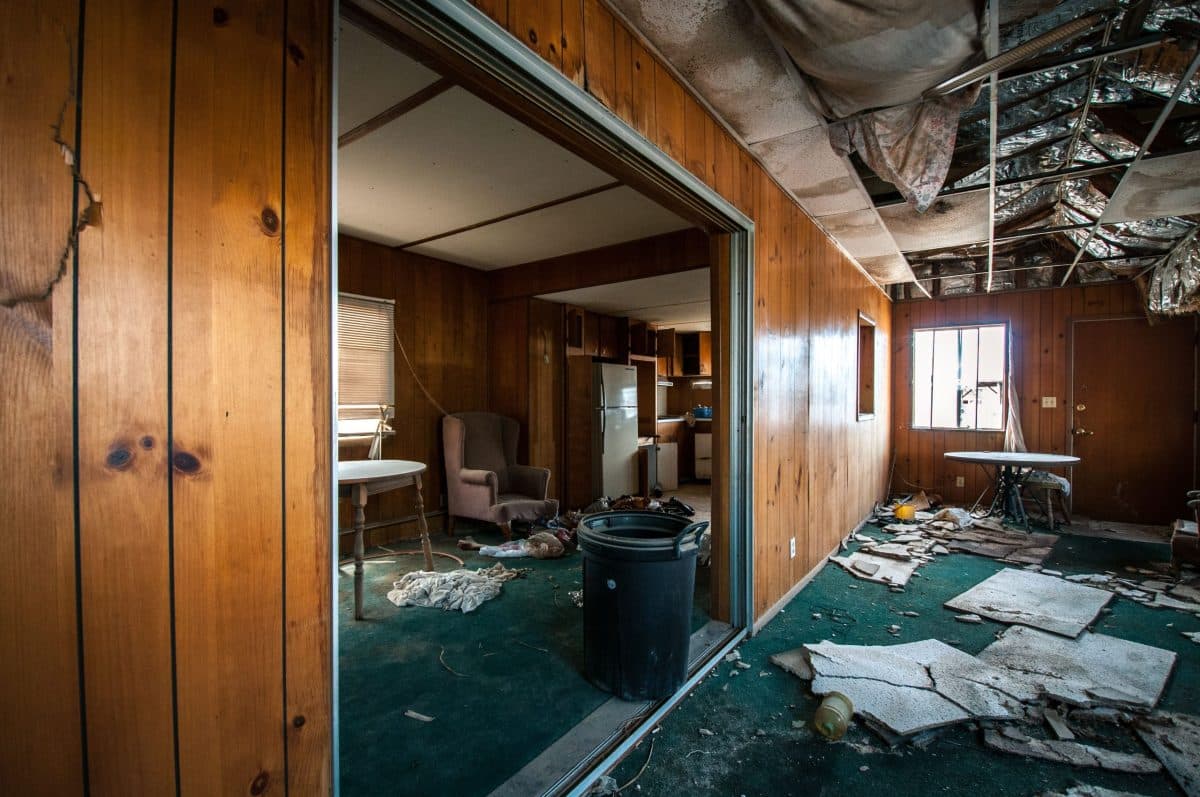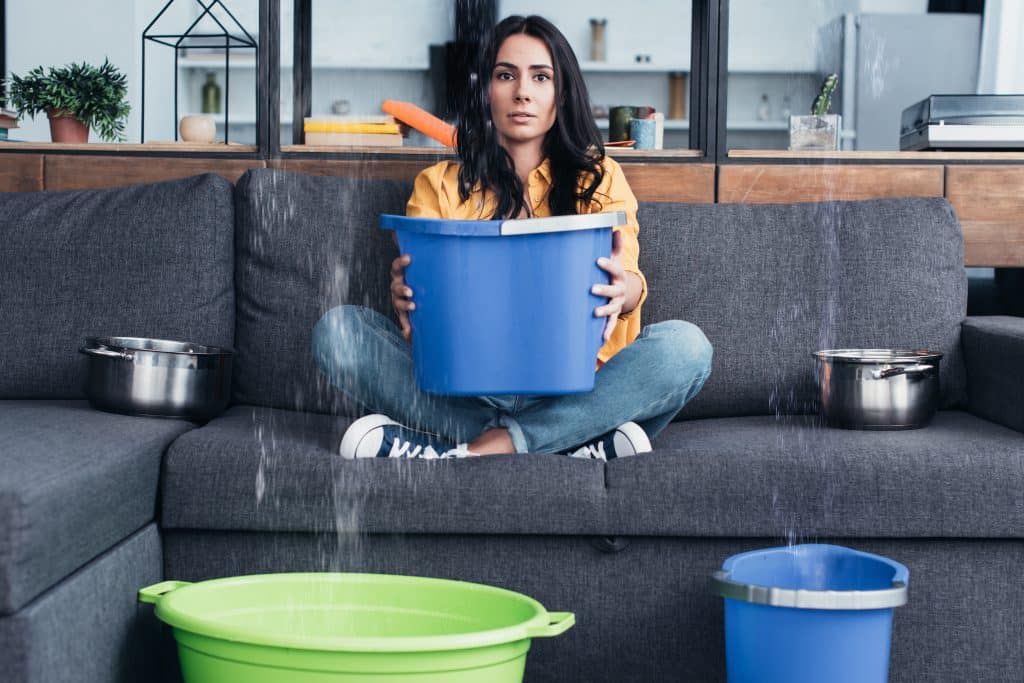Restoring Your Home After Water Damage Restoration

Water damage restoration is a critical process for any homeowner dealing with the aftermath of a leak, flood, or burst pipe. Left unchecked, water damage can compromise the structural integrity of your home and create an unhealthy living environment. Taking quick and effective action ensures your property is not only restored but also safeguarded against future issues. This guide will walk you through everything you need to know about restoring your home after water damage restoration.
Assessing the Extent of Water Damage
The first step in water damage restoration is understanding the full scope of the problem. Even a small water leak can spread quickly, seeping into walls, flooring, and other materials. Start with a professional inspection to identify both visible and hidden damage. Specialists use moisture detection equipment to locate damp areas that may not be apparent to the naked eye.
It’s also important to assess what materials can be salvaged and what needs to be replaced. For example, hardwood floors and drywall can often absorb water, making them prone to warping and mold growth if not addressed promptly. By determining the extent of the damage, you can develop a clear action plan for restoration.
Drying Out Your Home Thoroughly

Once the water source has been stopped and the damage assessed, the drying process begins. Effective drying is essential to prevent further issues like mold, mildew, and structural weakening. Industrial-strength dehumidifiers and air movers are often used to speed up the drying process, especially in areas with limited airflow.
It’s not enough to dry surfaces superficially. Moisture trapped behind walls, under flooring, or in insulation can linger undetected, causing long-term damage. A water damage restoration team will monitor humidity levels throughout the drying process to ensure no moisture is left behind. By thoroughly drying your home, you create a clean slate for restoration and repair.
Preventing Mold Growth After Water Damage
One of the biggest risks associated with water damage is mold growth. Mold can begin to form within 24 to 48 hours in damp and poorly ventilated spaces. Once it spreads, it can trigger allergies, respiratory issues, and other health problems for your family. Addressing mold proactively is a vital part of the water damage restoration process.
To prevent mold, the affected areas must be sanitized and treated with antimicrobial solutions. Any porous materials like carpets, insulation, and drywall that cannot be salvaged should be removed and replaced. Keep in mind that mold thrives in dark, damp environments, so regular inspections after restoration are essential. For more information on preventing mold and maintaining indoor air quality, resources like the Environmental Protection Agency’s guide to mold can provide further insight.
Repairing and Restoring Damaged Areas
Once drying and mold prevention steps are completed, the focus shifts to repairing and restoring your home. Depending on the severity of the water damage, this may include minor repairs like repainting walls or significant reconstruction, such as replacing flooring, cabinets, or drywall.
High-quality repairs are essential to restore your home to its original condition. Professional restoration teams ensure every detail is addressed, from matching paint colors to reinstalling baseboards seamlessly. Not only does this improve the aesthetic appeal of your home, but it also enhances its long-term safety and value.
If water damage has impacted structural components like beams or foundations, additional care is required to reinforce these areas. Expert craftsmen play a critical role in ensuring your home remains sturdy and secure.
Safeguarding Your Home Against Future Water Damage
After water damage restoration is complete, it’s essential to take steps to prevent future issues. Start by identifying the cause of the original water damage and addressing it. Whether it was a burst pipe, roof leak, or poor drainage, fixing the root of the problem will protect your home from repeat incidents.
Consider installing preventative measures like sump pumps, improved gutter systems, or water detection devices. Regular home maintenance, such as cleaning gutters, checking pipes, and inspecting your roof, can also go a long way in preventing water damage. Being proactive will save you time, stress, and money in the future.
Why Professional Water Damage Restoration Matters
While it may be tempting to handle water damage restoration on your own, professional expertise makes all the difference. Trained professionals have the tools, techniques, and experience to restore your home effectively and efficiently. They can detect hidden moisture, prevent mold, and ensure repairs meet high-quality standards.
DIY methods often overlook critical areas, leading to recurring damage or unresolved moisture issues. Trusting a reliable team for water damage restoration gives you peace of mind knowing the job has been done right the first time.
Call the Experts for Water Damage Restoration
Restoring your home after water damage can feel overwhelming, but you don’t have to handle it alone. At Homeworx, we understand the importance of quick action, thorough restoration, and lasting results. Our expert team is here to help you every step of the way, ensuring your home is safe, comfortable, and beautiful again.
